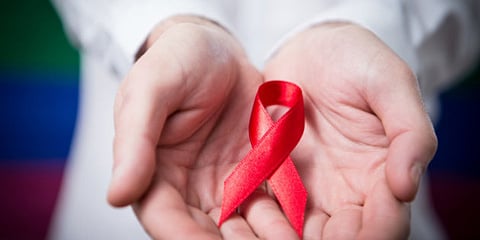
- NEWS
- the EDIT
- COMMENTARY
- BUSINESS
- LIFE
- SHOW
- ACTION
- GLOBAL GOALS
- SNAPS
- DYARYO TIRADA
- MORE

The Department of Health (DoH) on Friday disclosed that the Philippines has logged 28 human immunodeficiency virus (HIV) deaths in August.
From January to August 2024, 464 deaths among HIV cases have been recorded and the DoH said that diagnosis has contributed to a rise in the number of recorded HIV deaths, totaling 8,246 deaths cumulatively since 1984.
Annual fatalities are continuously increasing from less than 100 before 2011, to more than 400 by 2015 and reaching 879 in 2022.
The majority of these deaths occurred among males aged 25 to 34 years, with more than half (53 percent) being caused by complications from being immunocompromised or having advanced HIV disease AHD.
This month, a person living with HIV passed away in Cagayan Valley, six years after being diagnosed.
At the time of passing, the patient had several medical conditions related to a very high HIV viral load and resistance to antiretroviral (ARV).
ARV intake and treatment follow-up was not continuous. The patient was admitted to hospital last 9 September as a confirmed case of mpox. However, the DoH said mpox was not cause of the patient’s death.
Further, latest data from the DOH showed that there have been 40,934 reported cases of advanced HIV, representing 30 percent of all cumulative cases since 1984.
The World Health Organization (WHO) defines (AHD) as “CD4 cell count < 200 cells/mm3 or WHO stage 3 or 4 in adults and adolescents.
“All children younger than five years of age are considered to have advanced HIV disease,” the DoH said.
“This includes both individuals presenting to care who are antiretroviral therapy (ART) naive, and those returning to care after interrupted treatment,” it added.
The global health authority noted that “people with AHD are at high risk of death, even after starting ART; this risk increases with decreasing CD4 cell count. The most common causes of severe illness and death are tuberculosis, severe bacterial infections and cryptococcal meningitis.”
